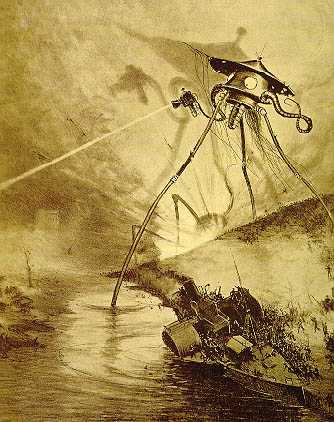
True, the rumors distract from real science. From Elizabeth Howell at AirSpaceMag:
The attention given to such stories has some scientists worried, especially as social media amplifies claims of alien contact over other, more prosaic explanations.
“Currently, most SETI-related news seems to be interfering with conventional scientific discoveries, stealing the limelight—without following basic rules of science,” wrote Dutch exoplanet researcher Ignas Snellen of Leiden Observatory, on a Facebook exoplanets discussion group for professional astronomers.
Although he has “great respect for SETI scientists,” Leiden wrote, “there is no place for alien civilizations in a scientific discussion on new astrophysical phenomena, in the same way as there is no place for divine intervention as a possible solution. One may view it as harmless fun, but I see parallels in athletes taking banned substances. It may lead to short-term fame and medals, but in the long run it harms the sport. Same for astronomy: we should be very careful not to be ridiculed. I really hope we can stop mentioning SETI for every unexplained phenomenon.”
More.
The awkward problem from the media’s perspective is that SETI dreams are the main reason many readers pay attention to the more sciencey stuff. Can a popular medium afford to lose a third of its base? I don’t know but I do know this: They won’t risk it.
 A bigger question is with “there is no place for alien civilizations in a scientific discussion on new astrophysical phenomena, in the same way as there is no place for divine intervention as a possible solution.” Although Snellen probably doesn’t realize it, he is substituting an ideological criterion for an evidence criterion. It is one thing to say that claims about alien civilizations (or divine intervention) have proven unfounded so often in the past that they are a waste of time, barring extraordinary evidence. It’s quite another to rule them out, irrespective of evidence, because they have no place in principle in the discussion. So even if phenomena are apparently happening, they cannot be considered. But perhaps Snellen doesn’t quite mean that.
A bigger question is with “there is no place for alien civilizations in a scientific discussion on new astrophysical phenomena, in the same way as there is no place for divine intervention as a possible solution.” Although Snellen probably doesn’t realize it, he is substituting an ideological criterion for an evidence criterion. It is one thing to say that claims about alien civilizations (or divine intervention) have proven unfounded so often in the past that they are a waste of time, barring extraordinary evidence. It’s quite another to rule them out, irrespective of evidence, because they have no place in principle in the discussion. So even if phenomena are apparently happening, they cannot be considered. But perhaps Snellen doesn’t quite mean that.
In any event, something like that happened with the placebo effect (the well-known effect in medicine by which people start to show signs of improvement simply because they believe they have been given a potent remedy). Some dismissed the effect as “unscientific” but medical doctors had to factor it in anyway. Eventually, the effect became accepted as a fact. Indeed, a drug must work better than a placebo to be licensed for use, not because the placebo is ineffective but because it often is effective and the drug’s effect must be evaluated over and above placebo.
One approach might be to study the concept of design inferences. When is a body of evidence sufficient to infer design? Bill Dembski’s book, The Design Inference: Eliminating Chance Through Small Probabilities (Cambridge University Press, 1998) might be a good place to start. It’s twenty years old this year.
See also: The New York Times’ boffo article on UFO sightings: Skeptical thoughts from New York Magazine
But surely we can’t conjure an entire advanced civilization?
and
How do we grapple with the idea that ET might not be out there?